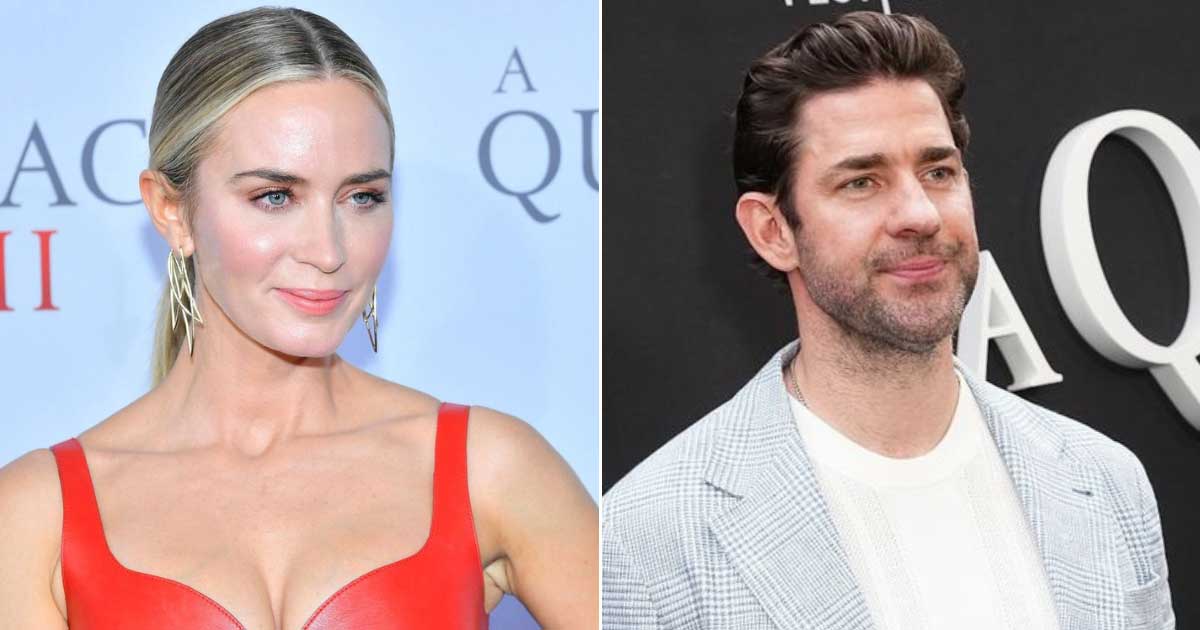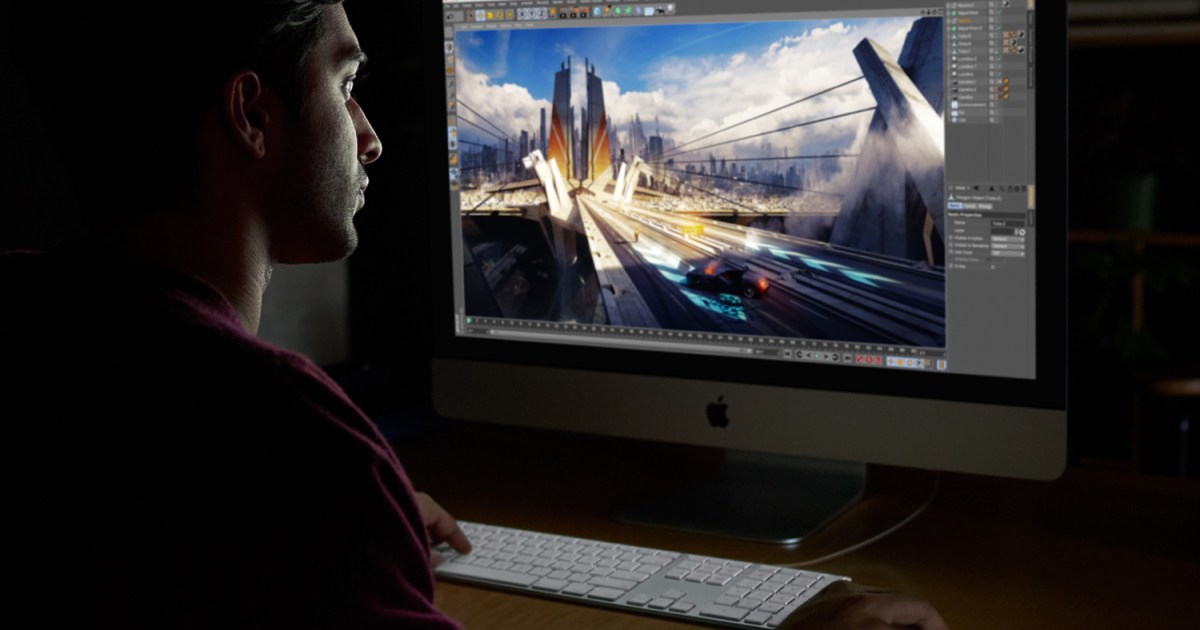Hong Kong was home for almost two decades from 1982, the city’s neon-soaked streets, bars and nightclubs his focus, as seen in his book HK:PM Hong Kong 1974-1989.
He also photographed luminaries of Hong Kong cinema such as Wong Kar-wai and Chow Yun-fat on film sets in the 1980s.

Girard, 69, whose photos have graced the pages of National Geographic, Time, Newsweek and The New Yorker, recalls how Hong Kong looked at street level when he first set foot in the city.
“That footprint of buildings meeting the sidewalk and the way everything was up against each other, it was incredible.”
Later this year, Girard returns to the region to host an eight-day workshop in Hong Kong and Taipei.
Titled “Being There”, it runs from November 26-December 3, with an early bird registration deadline of August 11.
“These two cities have long lived in a charged moment in time and our workshop is an opportunity to photograph what this particular ‘now’ looks like,” he says. Participants will spend three days in each place.
“It’s a very hands-on, deadline-driven process – almost a journalistic exercise,” he says. “At the end of it, we produce a newsprint, broadsheet-style publication called JRNL, where the work of the 12 participants is presented.
“We will really hit the ground running, making pictures day and night through a pretty intensive 72 hours in each place.”

The creative process is up to the participants, he says.
“I don’t go out with people – that’s not the way I photograph, so that’s not the way I direct other people to photograph,” he says.
“I’ll encourage people to go out and experience the places for themselves, without direction, because that’s the point of doing this – it’s about losing yourself in a place.”

“The neon thing was almost a counterintuitive thing for me when I started photographing Hong Kong at night,” he says.
“I was more interested in the ordinary parts of the city – how things looked with the neon light falling on it rather than the neon itself.
“The ordinary quality of the city at all hours was something that appealed to me then – and still does.”
As for the dimming of neon in the city, Girard is more pragmatic than sentimental.
“When I left Vancouver in 1974, neon was outlawed,” he says of the city that was once the neon capital of North America. “Because of trends and administrative stupidity by local government, it happens in almost every city.
“Young neon artists are making signs in Hong Kong, but whether they can actually hang it over the street is another question.”
As for changes to the political landscape, Girard is happy that creativity continues to thrive.
“I’m impressed by the people who decided to stay – the young artists, writers, filmmakers, people doing all sorts of different things, curating, working in creative spheres, trying to find their way forward in this new environment.
“I’m not going to say it is the same in Hong Kong, because it’s not. But I’m encouraged that people are doing creative things.”

Girard is all for following creative dreams. He was working as a BBC sound recordist in Hong Kong, his job following news stories in the region such as the downing of Korean Airlines Flight 007 in 1983, the assassination of Indian prime minister Indira Gandhi in 1984, and execution in Malaysia of Australian drug smugglers Kevin Barlow and Brian Chambers in 1986.
But photography was his true passion and an opportunity opened courtesy of Asiaweek, the now-defunct English-language news magazine.
“They sent me to cover the civil war in Sri Lanka and liked my photos, so they offered me a job.”
Today Girard’s focus is mostly on exhibitions and books – and he has a stack to his name. Phantom Shanghai (2007) captures the Chinese city’s steps to modernisation, while Hotel Okinawa (2017) examines life on and off the US military bases across the Japanese island.
Hanoi Calling was published in 2010 to commemorate the 1,000th anniversary of the founding of the Vietnamese capital.

“I mostly shoot with film for books and exhibitions – I’m not religious about using film. I mix it with digital.”
Girard says he is fortunate that he gets to return to East Asia three or four times a year and “spend time in the places that, to a great extent, shaped me and what I do”.
“And Vancouver has a sizeable Chinese and Asian community, so that’s a plus to being here.”
For details of the “Being There” workshop, visit fotofilmic.com/greg-girard-hong-kong-taipei/







